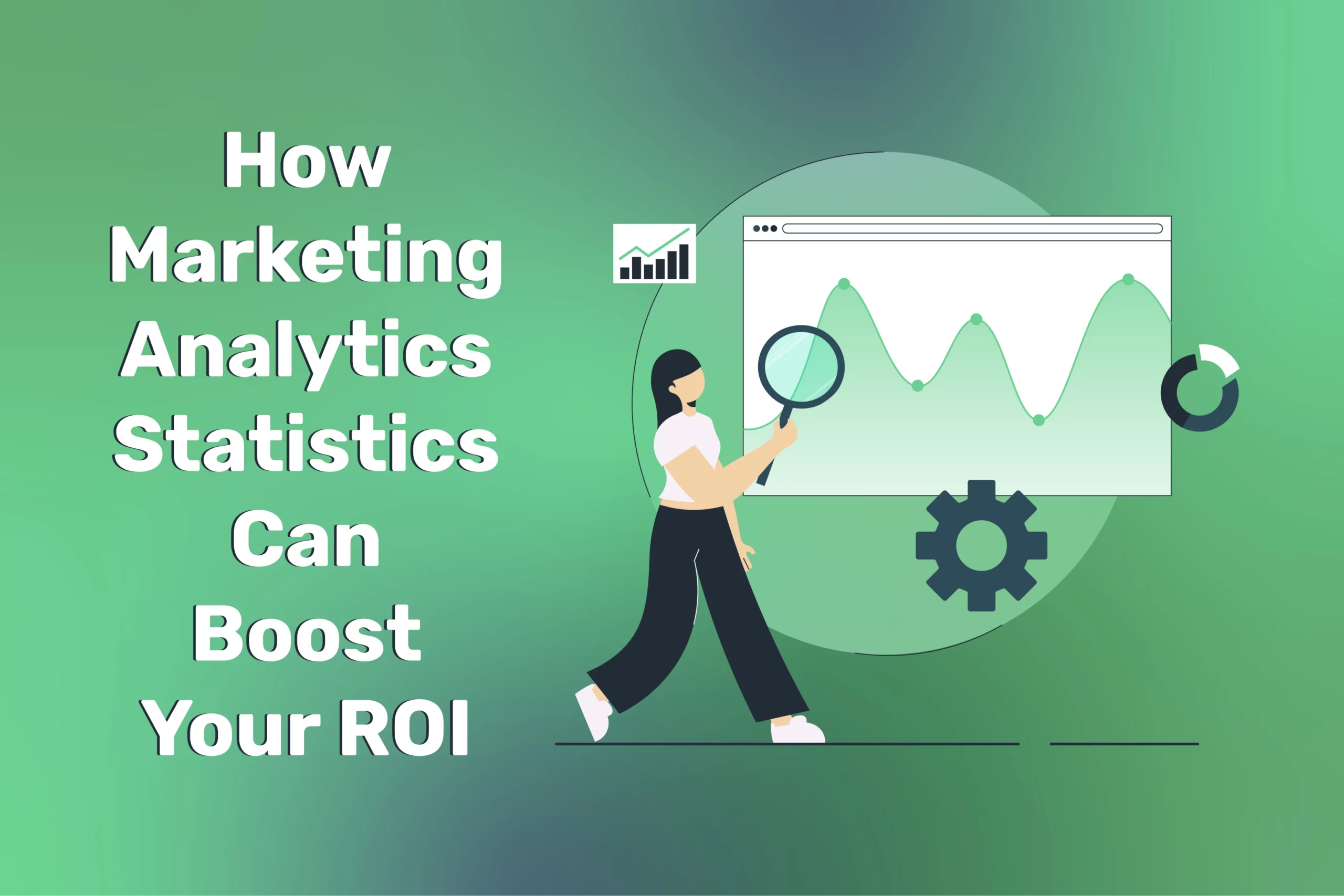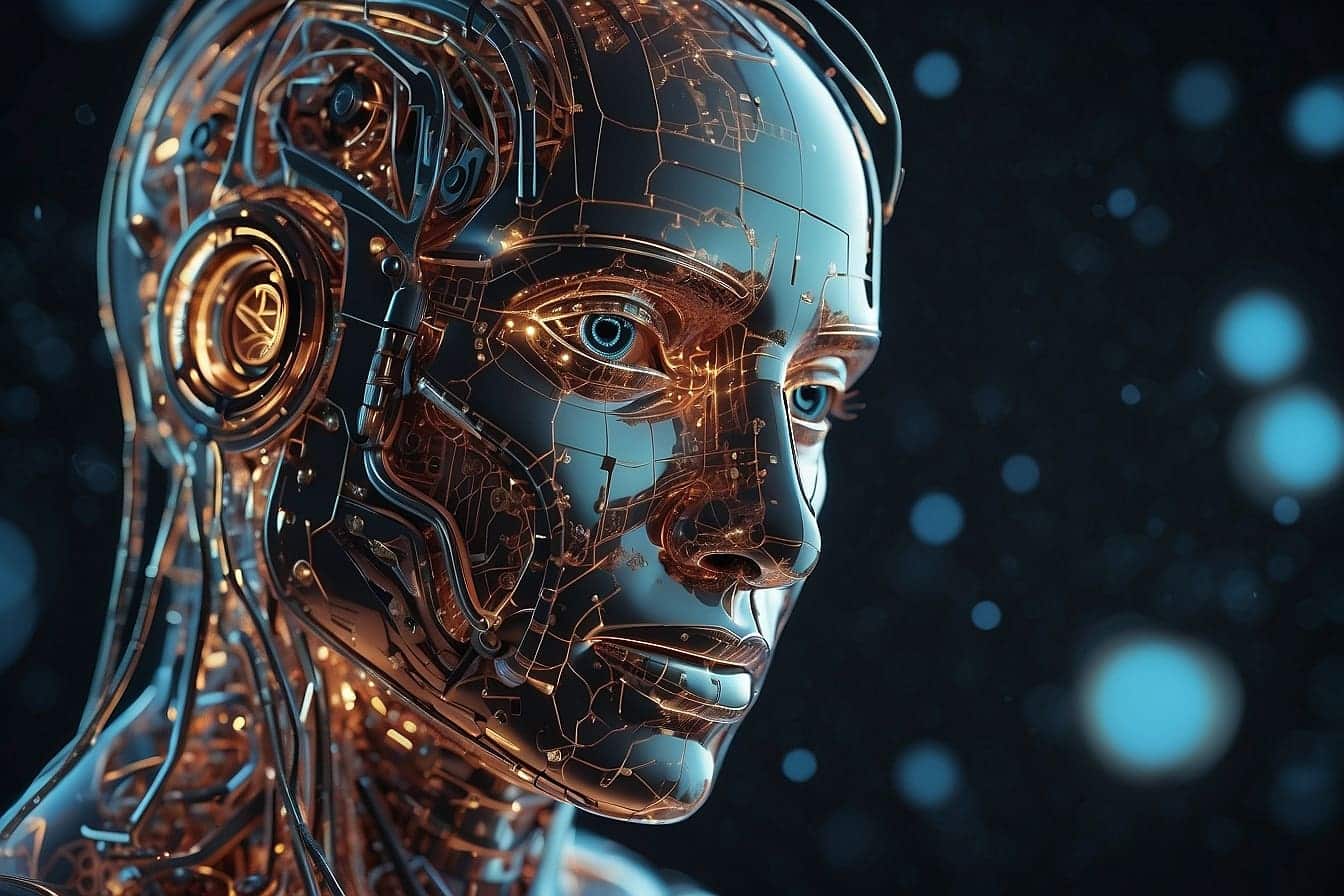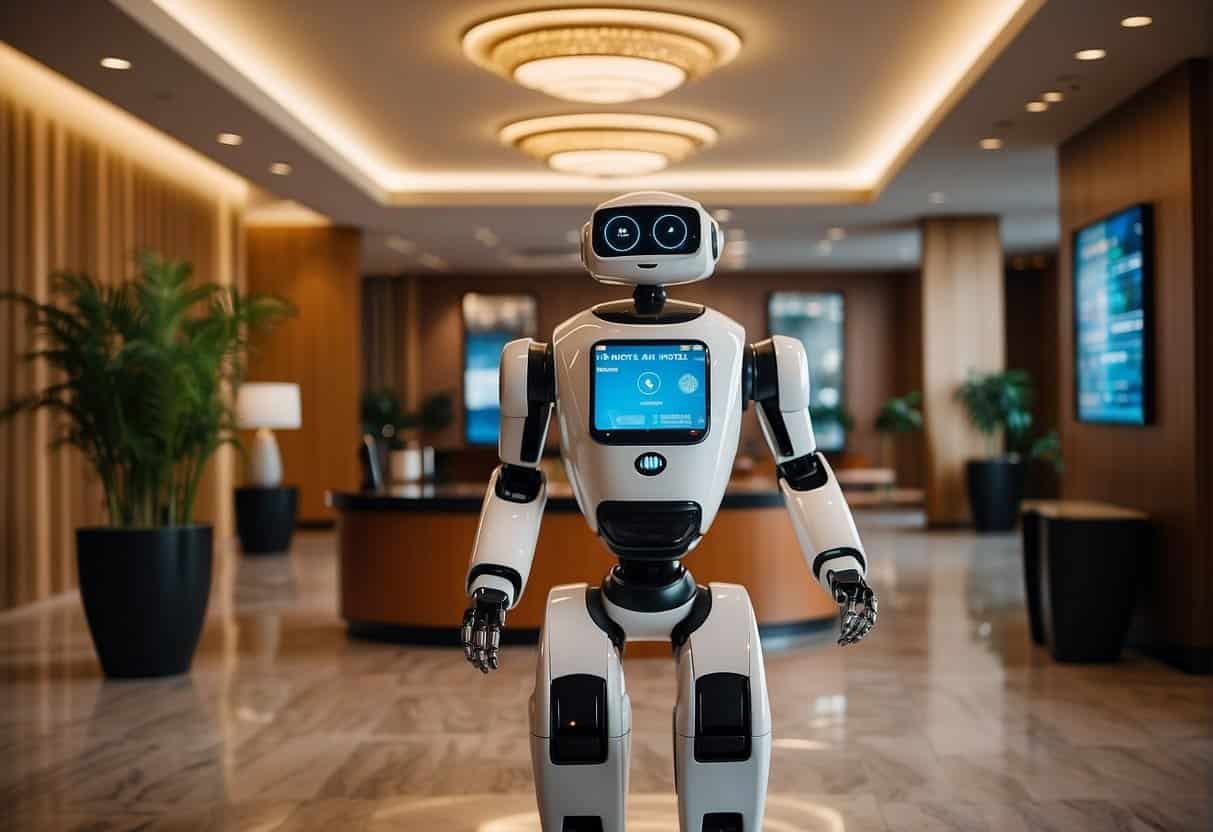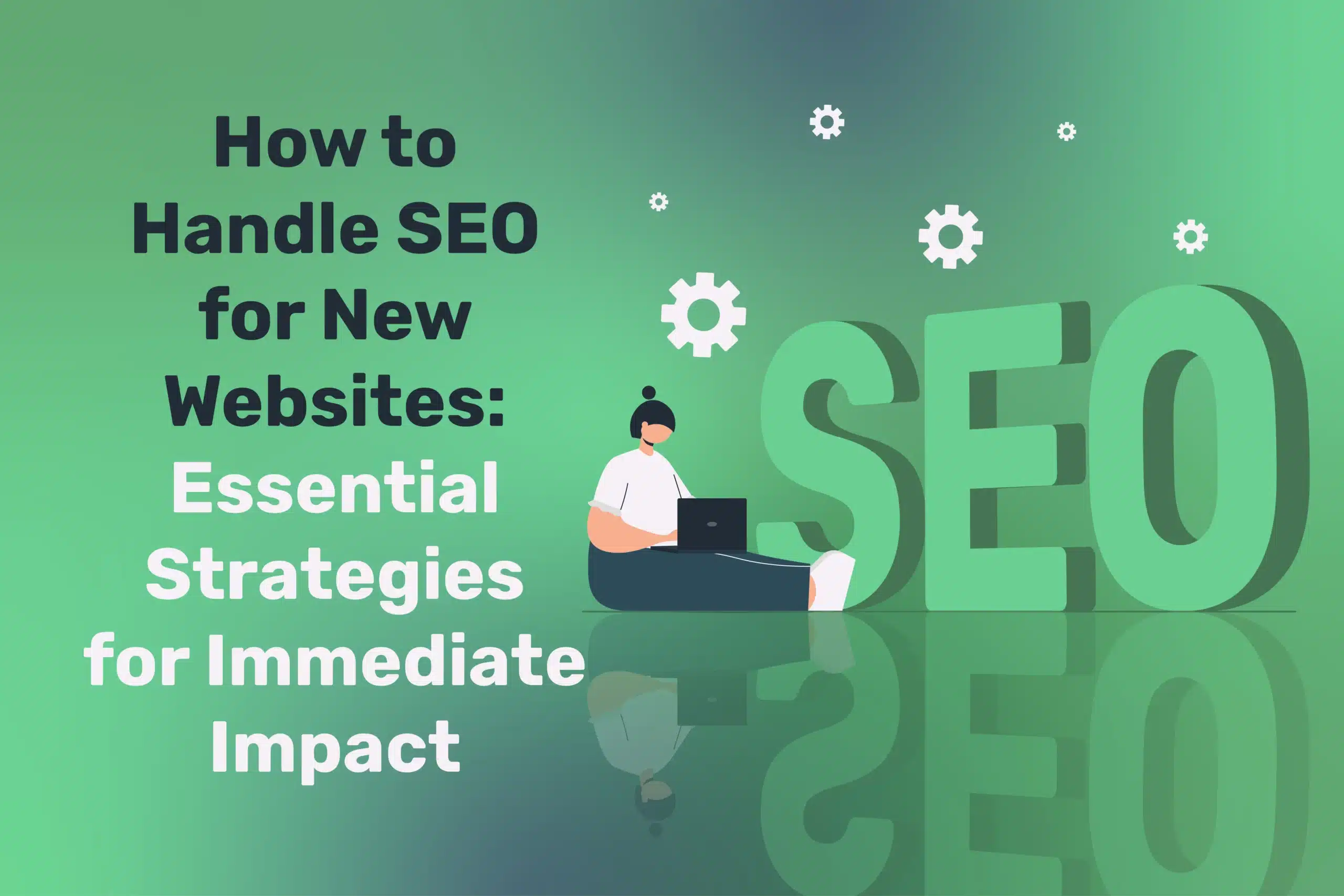
Digital Labour and AI Agencies: AI Agents, Operators, and the Rise of AI Service Providers
Table of Contents
The idea of “digital labour” used to evoke images of simple automation scripts. Today, it has evolved into sophisticated AI agents performing tasks once thought to require humans—handling customer support, scheduling, data analysis, and more. As these AI workers proliferate, AI agencies are emerging to help businesses integrate, manage, and optimise these digital agents. This article explores how AI-driven labour is changing organisational structures, why dedicated AI agencies (like ProfileTree) are in demand, and how you can harness these trends responsibly to boost efficiency.
According to some technology outlooks, 30% of repetitive office tasks could be handled by AI within the next five years, dramatically shifting workforce composition. The UK and Ireland are already seeing a surge of interest in AI operator roles, with smaller companies seeking external partners to handle the complexities of setting up and training digital labour solutions.
“We talk about AI as a workforce multiplier. Instead of replacing staff, these AI agents take over the mundane loads so people can focus on what humans do best—creativity, relationship-building, and complex problem-solving,” says Ciaran Connolly, Director of ProfileTree.
Grab a cup of coffee and let’s hop into it.
Understanding Digital Labour: AI Agents and Operators
Digital labour refers to the delegation of tasks to AI systems that operate independently or semi-independently, guided by data, predefined rules, or machine learning models. These AI-driven systems enhance efficiency by automating routine and specialised tasks, transforming traditional workflows.
One common form of digital labour is AI agents, which function like personal assistants. These bots can schedule meetings, respond to routine emails, or even negotiate vendor prices. Many are designed to have a distinct “personality” or brand voice, ensuring they align with a company’s identity and communication style.
Another category is AI operators, which are more specialised and capable of managing entire processes end to end. These systems replace manual workflows in areas like invoice management or fraud detection, significantly reducing human involvement while increasing accuracy and speed.
In many cases, businesses adopt a human + AI team approach, where a person supervises multiple AI agents. This model, often referred to as a “human-in-the-loop” system, allows AI to handle routine tasks while humans step in for complex decisions or exceptional cases that require judgement and flexibility.
Digital labour offers several advantages, including 24/7 availability, rapid scalability, and potential cost savings. However, successful implementation requires careful planning. Businesses must select the right tools, integrate them into existing workflows, and ensure staff are trained and receptive to working alongside AI-driven systems.
Why Businesses are Embracing AI-driven Labour
Businesses are increasingly turning to AI-driven labour to enhance efficiency, reduce costs, and stay competitive in a rapidly evolving market. AI-powered systems streamline operations by automating repetitive tasks, improving decision-making with data-driven insights, and enabling scalability without significantly increasing overhead. As organisations seek to optimise productivity while maintaining agility, AI-driven labour is becoming an essential tool for growth and innovation.
- Efficiency Gains: For tasks that follow consistent patterns—like data entry, form processing, or transactional customer queries—AI agents reduce time and errors, slashing overheads.
- Cost-effectiveness: While setting up AI solutions involves some expense, in the long run they reduce staffing costs for purely repetitive roles. The ROI can be substantial, especially if the AI handles thousands of interactions daily.
- Scalability: During peak seasons or when an ad campaign drives traffic, AI support can scale instantly. No need to hire temporary staff or endure long wait times, maintaining consistent service.
- Employee Satisfaction: Staff freed from tedious tasks often appreciate the shift to higher-level responsibilities (strategy, creative projects, client engagement). This can reduce burnout and turnover.
- Competitiveness: As more firms adopt AI agents, those who remain reliant on fully manual processes risk slower response times and higher overheads. Embracing digital labour can distinguish a company as forward-thinking.
The Rise of AI Agencies and Service Providers
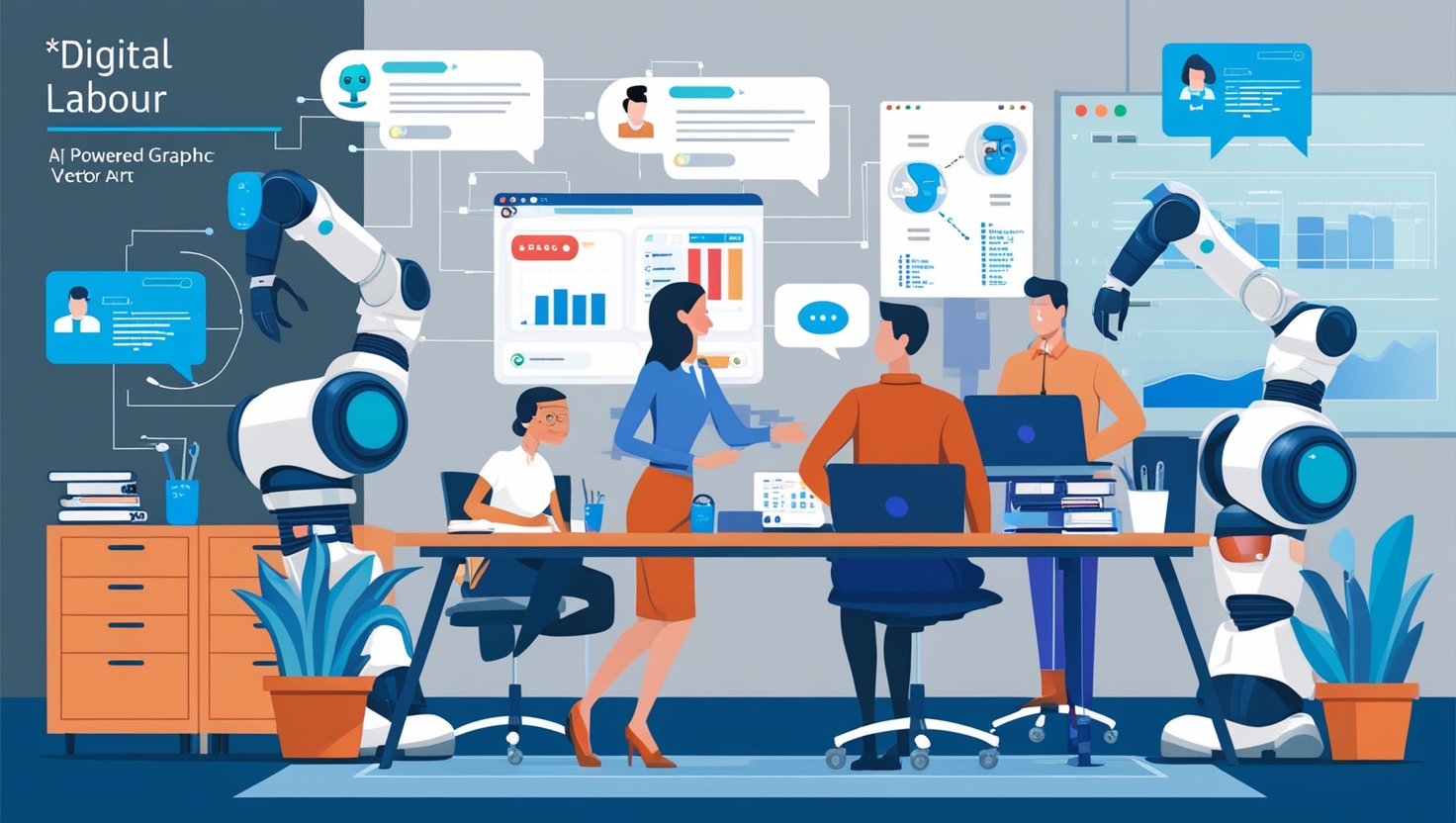
Implementing advanced AI labour solutions can be complex, especially for businesses without dedicated in-house AI teams. This is where AI agencies come in—specialised service providers that help organisations navigate the adoption and integration of AI-driven systems.
AI agencies offer expertise in identifying which tasks or processes can benefit from automation. Through careful analysis, they determine where AI can enhance efficiency, reduce costs, and improve outcomes. Once the right opportunities are identified, these agencies develop and integrate AI tools, such as chatbots, robotic process automation (RPA), or custom machine learning models, tailored to a business’s specific needs.
Beyond implementation, AI agencies play a crucial role in ongoing management and optimisation. They continuously refine AI performance, ensure timely updates, and monitor for issues like bias or drifting accuracy. This proactive approach helps businesses maintain reliable and effective AI-driven operations. Additionally, AI agencies provide staff training, equipping employees with the skills needed to collaborate with digital agents. This ensures human oversight remains a part of AI-assisted workflows, allowing employees to intervene when necessary.
For example, a retail SME might partner with an AI agency to develop a customer support chatbot. The agency would not only design and deploy the chatbot but also manage updates related to new product lines or shipping changes and generate monthly performance reports. This model is particularly appealing for businesses that lack in-house AI expertise or large budgets but still want to leverage the benefits of AI.
“We see AI agencies fulfilling a vital role—just like how digital marketing agencies emerged to guide companies through SEO and social media. Now it’s about implementing and running AI labour solutions that slot into your workflows,” explains Ciaran Connolly.
Real-World Examples of AI-powered Digital Labour
AI-powered digital labour is transforming industries by automating tasks, improving efficiency, and enhancing decision-making. From customer service chatbots to AI-driven financial analysis, businesses across various sectors are leveraging AI to streamline operations and reduce costs. The following examples highlight how companies are successfully integrating AI into their workflows to drive innovation and productivity.
Customer Support Automation
An e-commerce business might deploy AI agents to handle routine queries—order status, refund policies, product details. Freed from such first-line queries, human reps can tackle escalations or personalised upselling. The net effect is faster resolution for customers and lower staffing costs.
Data Processing Bots
A mid-sized accounting firm could use AI operators to scan invoices, extract key fields (like vendor name, amount, due date), and input them into financial software. Staff previously spent hours on data entry; now they can focus on advisory or complex bookkeeping. Accuracy also improves, as AI cross-references vendor records or flags discrepancies.
Marketing Automation
AI might handle personalised email sends or social posts based on customer segments. Some advanced systems go further: they auto-generate marketing copy or design variations for A/B testing, adjusting the campaign based on real-time performance data.
Virtual Recruiting Assistant
A recruitment agency uses an AI agent to screen CVs for baseline qualifications, schedule candidate interviews, and even conduct preliminary Q&A sessions. Recruiters only step in when the candidate passes initial filters. This scales the agency’s capacity to handle hundreds more applicants.
Overcoming Challenges and Ensuring Ethical Use
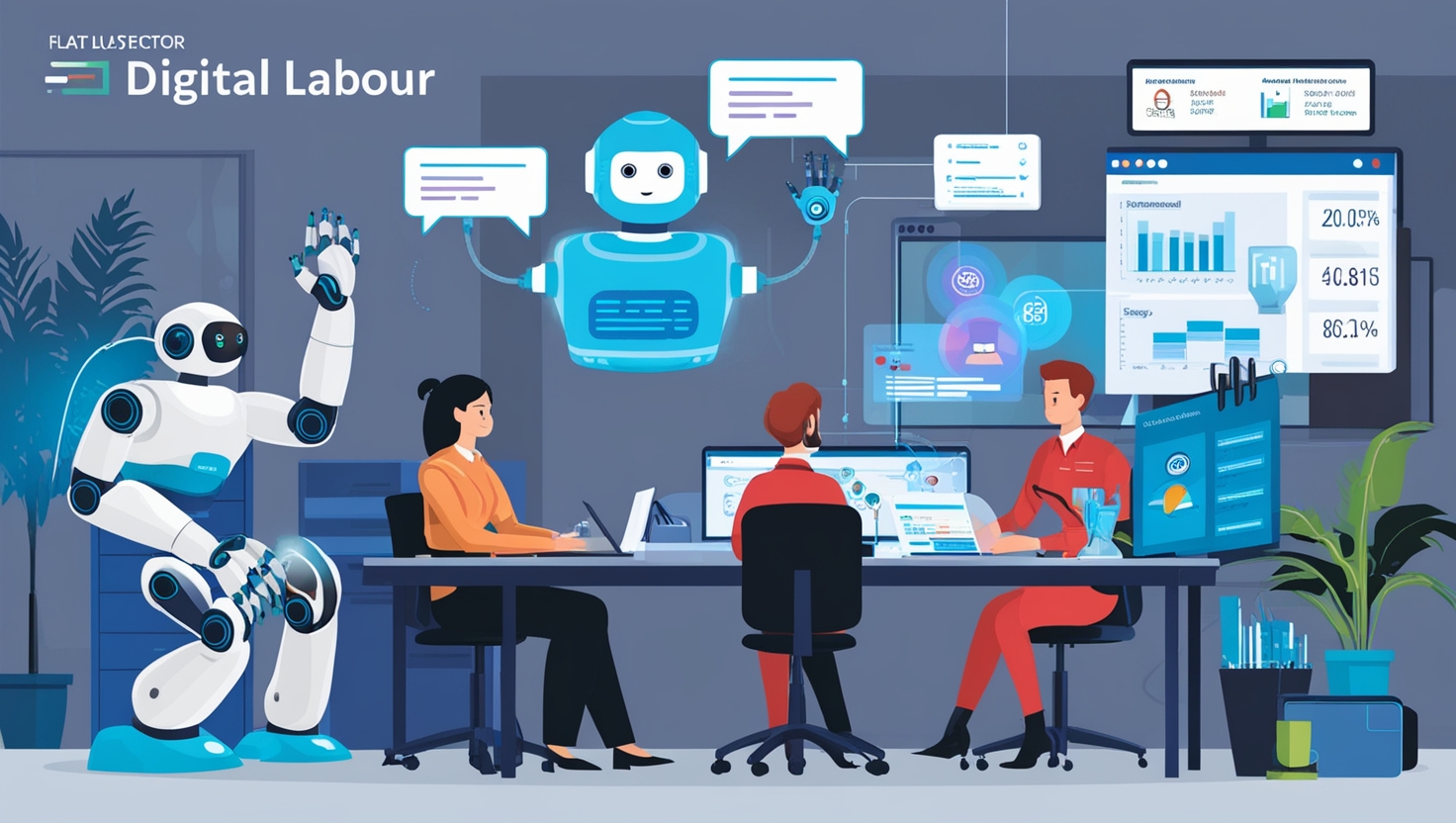
While AI-powered digital labour offers significant benefits, its adoption comes with challenges, including data privacy concerns, potential biases, and workforce adaptation. Businesses must address these issues through careful implementation, continuous monitoring, and ethical AI practices. By establishing clear guidelines, ensuring transparency, and prioritising human oversight, organisations can harness AI’s potential while maintaining fairness, accountability, and trust.
Challenge 1: Integration Complexity
One of the primary challenges in adopting digital labour is integration complexity. AI-driven systems rarely function in isolation—they need to seamlessly connect with existing tools such as CRMs, payment gateways, or inventory management systems.
Ensuring smooth communication between these platforms requires proper API integration or robotic process automation (RPA) bridging. Without a well-planned integration strategy, businesses may face inefficiencies, data silos, or operational disruptions.
Challenge 2: Workforce Fears
Another significant challenge is workforce fears surrounding AI adoption. Employees may worry that digital labour will lead to job displacement, creating resistance to new technologies. To address this, businesses must prioritise transparency by clearly communicating the purpose of AI integration—highlighting its role in reducing mundane, repetitive tasks rather than replacing staff.
Additionally, offering retraining programmes can help employees adapt to new roles, ensuring they work alongside AI rather than being replaced by it.
Challenge 3: Potential Errors or Bias
Potential errors or bias present another challenge in implementing AI-driven labour. AI systems rely on data to make decisions, and if that data is flawed, incomplete, or biased, the outcomes can be inaccurate or unfair.
To mitigate these risks, businesses must continuously monitor AI performance, refine algorithms, and implement fairness checks. Human oversight is essential to catch errors, address biases, and ensure AI-driven processes remain accurate, ethical, and aligned with company values.
Challenge 4: GDPR and Data Security
Data privacy and compliance is another critical challenge in AI-driven labour. Since AI systems often process personal data, businesses must ensure their operations align with UK and EU data protection laws, such as GDPR. This includes implementing secure encryption methods, establishing clear data retention policies, and maintaining transparency in how data is collected, stored, and used.
By prioritising compliance, businesses can protect customer privacy, build trust, and avoid legal penalties.
Challenge 5: Ongoing Maintenance
Model drift and degradation pose ongoing challenges in AI-driven labour. Over time, AI models can become less accurate as external conditions, user behaviours, or data patterns evolve. Without regular updates, these systems may produce outdated or unreliable results.
To prevent this, businesses must implement continuous monitoring, periodic retraining, and version control mechanisms to keep AI models accurate and effective. This is why many organisations rely on AI agencies for ongoing support rather than treating AI implementation as a one-time deployment.
The Emergence of AI Operators and Roles
As digital labour becomes more widespread, businesses are restructuring their workforces to accommodate AI-driven processes. New roles are emerging to oversee, refine, and guide AI systems, ensuring they function effectively and ethically.
One key role is that of AI Supervisors or Orchestrators, who manage multiple AI agents and intervene when tasks exceed AI capabilities. Their role is to maintain synergy across automated processes and ensure smooth collaboration between AI and human teams.
Ethics and Compliance Officers play a crucial role in monitoring AI decisions for fairness, transparency, and adherence to regulations like GDPR. As AI systems increasingly influence business operations, these specialists help prevent biases and ensure responsible AI use.
To maintain AI accuracy, Data Librarians manage data pipelines, ensuring AI models have access to clean, up-to-date, and relevant data. Proper data management is essential for AI to make informed decisions and avoid drift or inaccuracies.
In creative fields, Creative + AI Teams are becoming more common. AI-powered tools can generate initial concepts, such as marketing copy or design drafts, while human professionals refine them to align with a brand’s tone and strategic goals.
Surveys suggest that by 2027, approximately 10% of roles in SME offices could revolve around managing AI workflows—a growing function that bridges technology and operations. As businesses increasingly integrate AI into daily tasks, these roles will be essential in optimising efficiency and ensuring responsible AI implementation.
How ProfileTree Supports the Digital Labour Revolution
ProfileTree stands at the nexus of digital strategy and AI expertise, guiding businesses to:
- Identify Process Automation Opportunities: We analyse your workflow, spotting tasks that cost time and yield minimal human value.
- Select and Implement AI Tools: Whether you need a custom-developed AI agent or an off-the-shelf RPA solution, we tailor the approach to your needs and budget.
- Onboarding Staff: We offer training so employees understand how to collaborate with AI agents, interpret data outputs, and handle exceptions.
- Ongoing Optimisation: Digital labour is iterative. Our team monitors performance metrics, updating the AI as your business evolves, or as new solutions emerge.
- Ensure Compliance and Ethical AI Use: We help businesses navigate data privacy regulations, mitigate AI bias, and implement ethical guidelines to maintain trust and transparency.
- Integrate AI Seamlessly with Existing Systems: Our experts ensure AI solutions work harmoniously with your current CRM, ERP, or other enterprise platforms, minimising disruption and maximising efficiency.
“Clients often worry about the complexity. We simplify the entire journey—showing them that even with modest budgets, they can adopt AI operators for real efficiency gains,” remarks Ciaran Connolly.
Future Outlook: The Normalisation of AI-powered Workforces
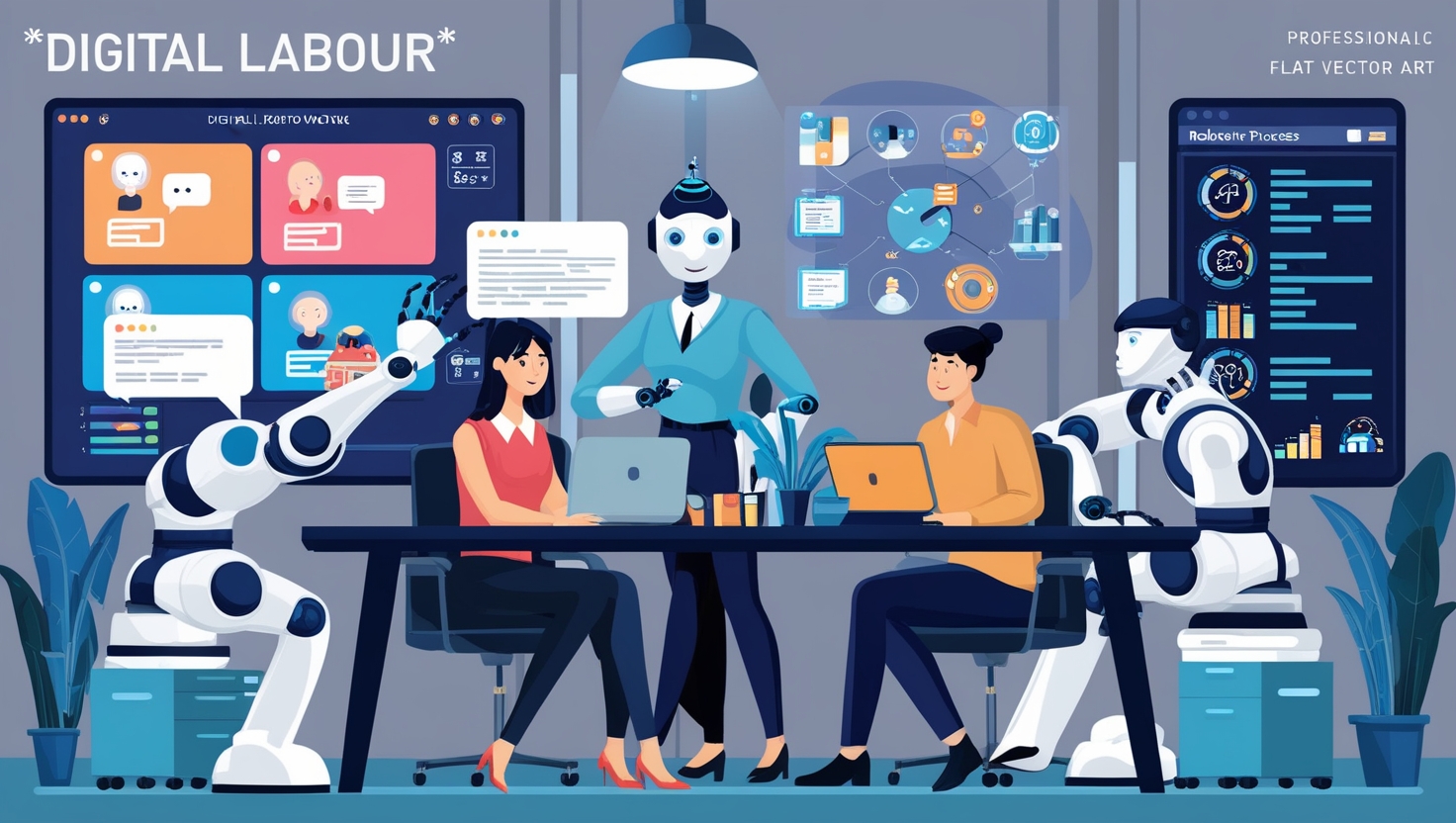
Looking ahead, digital labour will become increasingly embedded in business operations, transforming how organisations function across industries. As AI-powered workflows evolve, businesses will shift from early adoption to widespread acceptance and deeper integration.
Mainstream Acceptance will make AI-assisted tasks as routine as email or online banking. AI operators will become a standard part of daily workflows, handling scheduling, drafting documents, and automating repetitive processes with minimal human intervention.
Industry-Specific AI Agents will emerge, designed to cater to specialised sectors like law, healthcare, tourism, and logistics. These AI solutions will incorporate domain knowledge, enabling them to navigate industry-specific regulations, terminology, and complexities with greater accuracy and efficiency.
Increased Collaboration between AI systems will enhance business partnerships. AI operators from different organisations may interact directly—for example, an SME’s supply chain AI could negotiate pricing and delivery terms with a supplier’s AI, streamlining procurement processes and optimising costs.
Refined Human Roles will redefine job structures, as employees focus more on oversight, emotional intelligence, and creative decision-making—areas where AI still falls short. Rather than replacing human workers, AI will shift their responsibilities toward higher-value tasks that require intuition, empathy, and strategic thinking.
Regulatory Evolution will accompany AI’s growing presence in the workplace. As AI labour expands, lawmakers will establish clearer guidelines for accountability and liability. For instance, if two AI agents negotiate a deal and errors occur, legal frameworks will determine which party is responsible, ensuring ethical and transparent AI usage.
Expert Take: The question for SMEs is no longer whether to adopt digital labour, but how effectively they can integrate it to stay competitive and agile. Businesses that embrace AI thoughtfully—balancing automation with human expertise—will be better positioned to thrive in an AI-driven future.
Embrace AI-powered Labour for Operational Excellence
Digital labour—AI agents and operators—offers unprecedented efficiency gains, cost savings, and capacity expansions. It’s a bold step in reimagining how tasks are done daily. SMEs, once daunted by complexity, can now partner with specialised AI agencies to implement solutions tailored to their scale and domain.
For employees, the shift can free them from repetitive drudgery, allowing them to bring more creativity and strategic thinking to the table. For customers, it promises faster responses, fewer errors, and a more consistent brand experience. The key to success is implementing these technologies ethically, with thoughtful data governance and staff buy-in.
If your organisation is curious about the possibilities of AI-based digital labour—ProfileTree is here to help. Our integrated approach ensures your AI solutions fit seamlessly into existing structures while delivering tangible ROI.
Ready to discover how AI agents or operators can revolutionise your workflows? Book a call with ProfileTree to explore the next steps toward a leaner, smarter, and more competitive operation.
